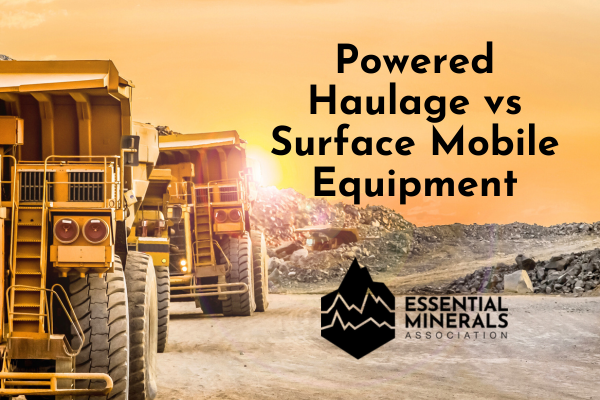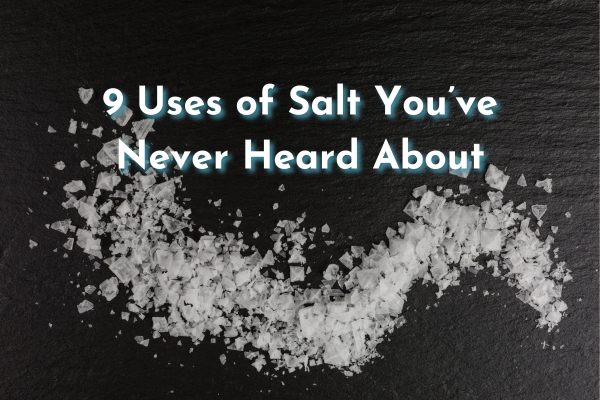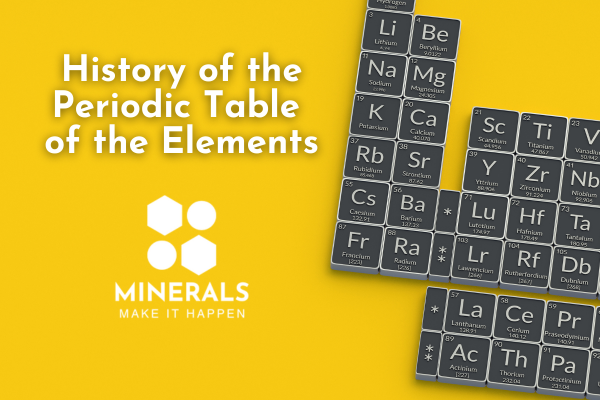July 9, 2024
July 9, 2024

Enforcement of MSHA’s Safety Program for Surface Mobile Equipment final rule will begin July 17, so now is a good time to clarify what’s the difference between “surface mobile equipment” and “powered haulage.” Some are conflating the two by referring to the new rule in shorthand as “the powered haulage rule,” but there are significant distinctions between the two terms.
MSHA classifies each fatal accident under one of nineteen categories. Its Powered Haulage category generally includes equipment that transports (hauls) people, other equipment, or material from point A to point B in a mine. Such equipment is considered Powered Haulage whether used on the surface or in an underground mine. MSHA’s Accident Investigation Procedures Handbook (p. 68) provides MSHA inspectors with a non-exhaustive list of Powered Haulage that “includes motors and rail cars, conveyors, belt feeders, longwall conveyors, bucket elevators, vertical manlifts, self-loading scrapers or pans, shuttle cars, haulage trucks, front-end loaders, load-haul-dumps, forklifts, cherry pickers, mobile cranes if traveling with a load, etc.” Passenger vehicles like pickup trucks and cars—often involved in serious mine accidents—fall under Powered Haulage.
MSHA has a separate category called Machinery (p. 69 of the handbook) for powered equipment that handles material but does not haul it from point A to point B in a mine. Here, the non-exhaustive list includes “all electric and air-powered tools and mining machinery such as drills, tuggers, slushers, draglines, power shovels, loading machines, compressors, etc.” Derricks and cranes are included, except when they are used in shaft sinking (classified as Hoisting) or mobile cranes traveling with a load (classified as Powered Haulage). Though not included explicitly in either list, bulldozers are considered Machinery because while they do move material, their primary function is not to haul people, other equipment, or materials from point A to point B.
MSHA’s Safety Program for Surface Mobile Equipment final rule covers nearly all Powered Haulage and Machinery equipment listed above—but only at surface mines and surface areas of underground mines. Importantly, it also excludes a common form of Powered Haulage—conveyors—the inclusion of which would have overcomplicated the rule (among other things, some conveyors span between underground mines and the surface). The rule excludes equipment that cannot move by itself (portable crushers, screening plants, and towed equipment like air compressors), but it does apply to powered equipment like a truck that moves such units from point A to point B. Lastly, it does not apply to waterborne vessels like boats or dredges.
When drafting your mine’s Surface Mobile Equipment Safety Program, refer to MSHA’s helpful rule-driven list of equipment. This list states that “equipment need not be self-propelled,” but note that the rule explicitly excludes yet another category—Nonpowered Haulage—equipment that moves through physical human effort “such as wheelbarrows, hand carts, push carts, welding carts, cylinder carts, basic hand trucks, or dollies.”
MSHA will begin enforcing the rule on July 17, and during its March 11 Quarterly Stakeholder Meeting agency leadership offered verbal compliance guidance. They subsequently posted MSHA- and industry-generated compliance templates. To gain further insight into how inspectors will approach enforcement of the rule when visiting your mine after July 17, click through MSHA’s internal training module. Note that if your organization participated in EMA’s 2024 Annual Conference, association members can satisfy the rule’s requirement that operators identify and evaluate currently available and newly emerging feasible technologies capable of enhancing surface mobile equipment safety.
There will always be some blurring of Powered Haulage and Machinery as official categories. Most notably, when MSHA leadership discusses the chronically high percentage of fatalities involving "powered haulage," they usually have in mind their Powered Haulage list including conveyors, plus mobile Machinery like bulldozers when involved in fatal accidents. The new rule similarly draws from both categories, but careful adherence to its specific provisions will help operators craft a fully compliant safety program for surface areas at their mines.

March 17, 2025

February 7, 2025